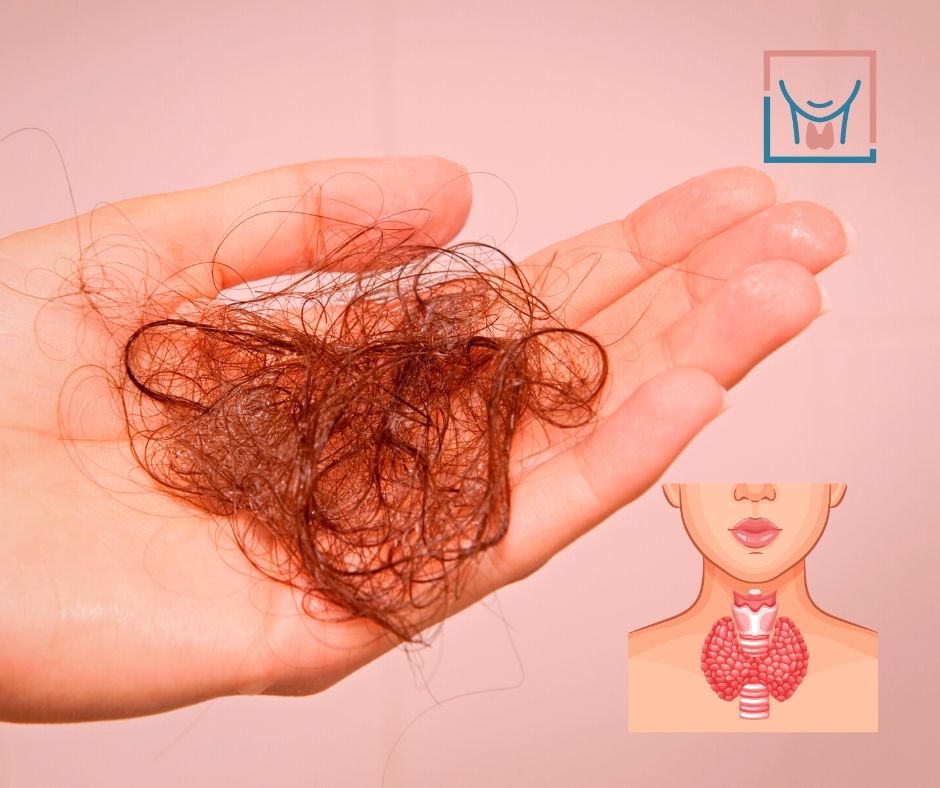Why Thyroid Conditions Might Cause Hair Loss (And What to Do)
Many of my patients with thyroid disorders (underactive or overactive thyroid gland) develop hair loss, brittle hair, or thinning hair directly related to their thyroid condition. Thyroid disorders are reversible, but not everyone understands how to slow, stop, or reverse thyroid hair loss. Medications like levothyroxine, individualized nutrient therapy, and simple lifestyle changes like avoiding…
Details









